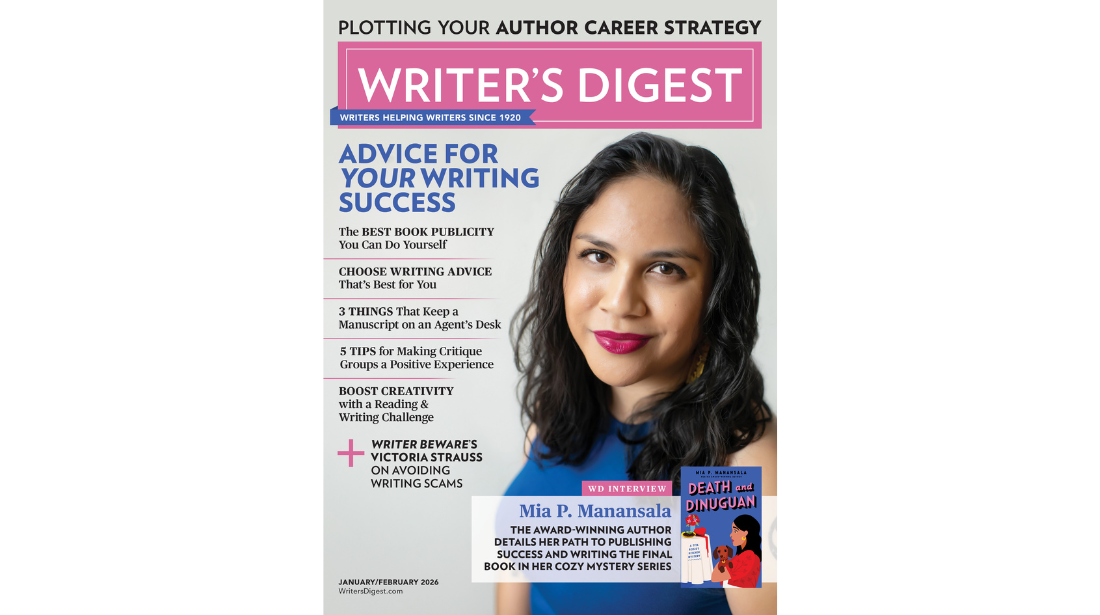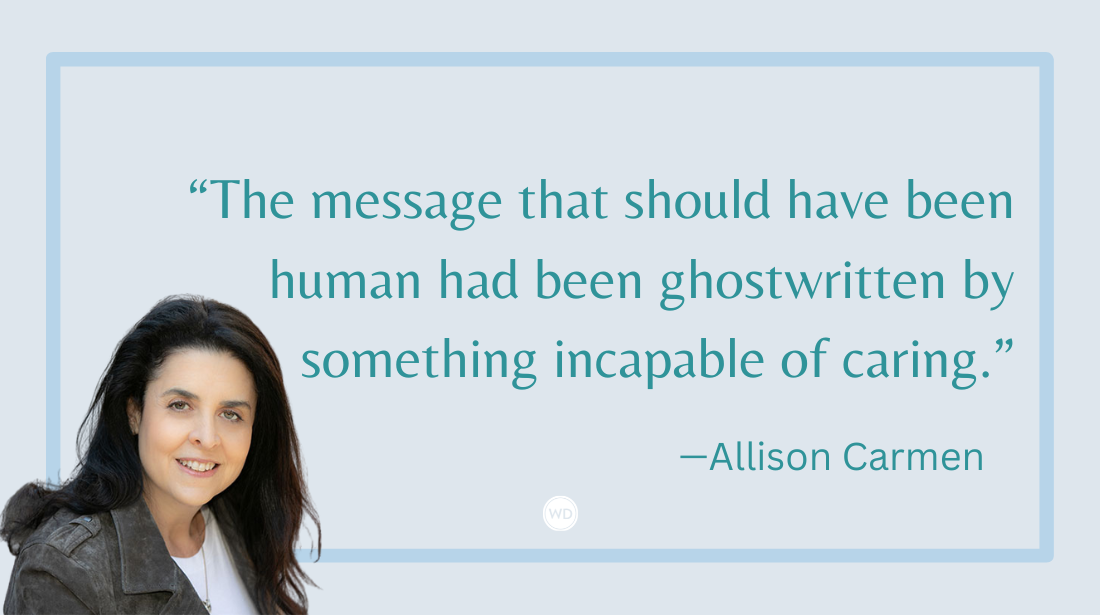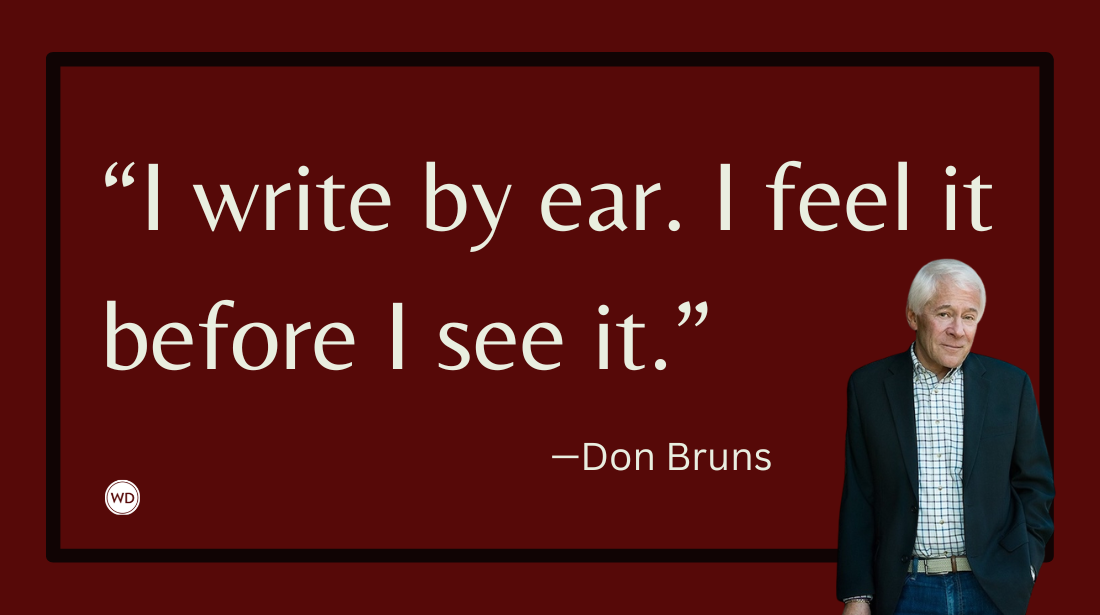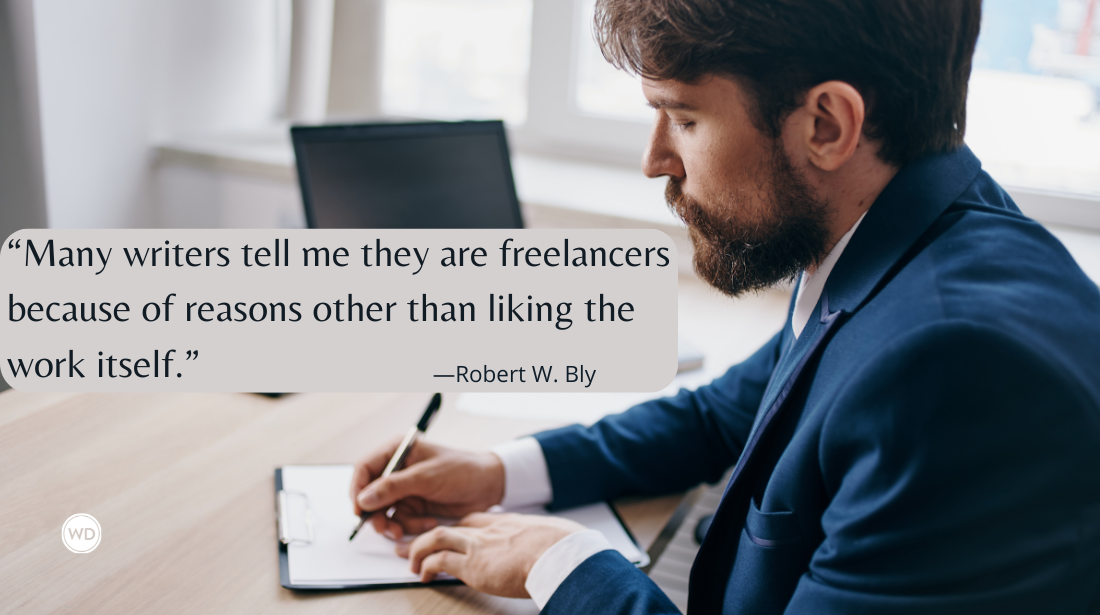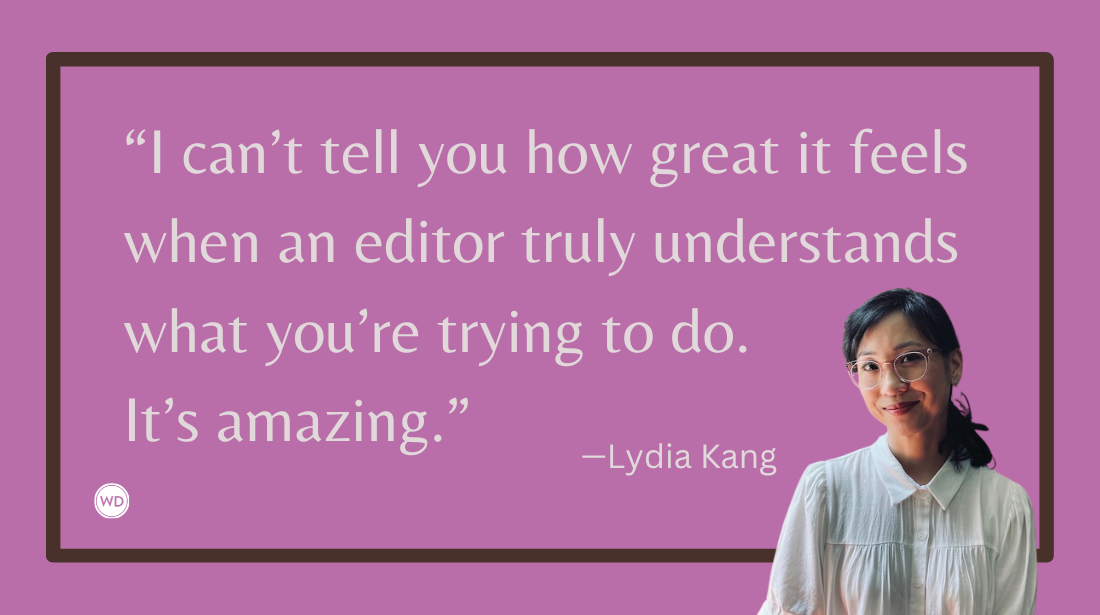Writing Mistakes Writers Make: Rushing the Drafting Process
The Writer’s Digest team has witnessed many writing mistakes over the years, so this series helps identify them for other writers (along with correction strategies). This week’s mistake is rushing the drafting process.
Everyone makes mistakes—even writers—but that's OK because each mistake is a great learning opportunity. The Writer's Digest team has witnessed many mistakes over the years, so we started this series to help identify them early in the process. Note: The mistakes in this series aren't focused on grammar rules, though we offer help in that area as well.
Rather, we're looking at bigger picture mistakes and mishaps, including the error of using too much exposition, hiding your pitch, or chasing trends. This week's mistake is rushing the drafting process.
Writing Mistakes Writers Make: Rushing the Drafting Process
Last week, Writer’s Digest headed to New York for the Writer’s Digest Annual Writing Conference—the first in-person conference since 2019. The three-day event was filled with writing sessions, agent pitching, and socializing—writers helping writers reach their full potential.
Every day we had a different keynote speaker—Beverly Jenkins, Marlon James, and Tiffany D. Jackson—and each of our speakers offered insights, tips, and inspiration based on their experiences writing their stories and getting them published.
During Marlon James’ Q&A with Editor-in-Chief Amy Jones on Saturday, he said something that immediately struck a chord with the entire room.
He said, “There are too many writers who put third-draft pressure on a first draft.”
I’m sorry, but did anyone else notice Marlon looking directly at me when he said this? Oh, he was looking right at you, too? That’s weird.
I’ve said it before: I’m a pantser. It’s the writing habit that feels most natural to me. My brain has always allowed this to be the reason why I don’t do much drafting. Drafting is planning, I would tell myself. And pantsers planning? Perish the thought! Is it hard for me to finish a story because I end up writing myself into a corner and don’t have a plan for getting out of it, and then I discourage myself from finishing it because it’s not a perfect, complete story from the word go? Maybe. But my favorite writers wrote my favorite books perfectly at first pass, right? They didn’t? Oh.
The writing process is an elusive one. For many years, I wrote for an art magazine, interviewing artists about their craft and how they work. Artists would send me step-by-step photos of their process, going from blank canvas to finished piece complete with every pencil sketch and misstep along the way. Unfortunately, we writers often only see one version of a novel—the beautiful, “perfect,” finished book on bookshelves that we tear through and then use as a pillar of excellence, of what we hope to someday achieve. Because we aren’t privy to the messy in-betweens, we have to take it at an author’s word that they went through many drafts to get to the point where they share their work with the world.
It's taken me years to realize that I don’t know how to draft—or more accurately, I don’t know how to allow myself to draft. So, this writing mistake is personal for me because I’m still figuring it out, and I’m hoping you’ll join me in the journey. Below are some tips for how to draft well to finally finish the stories in our minds.
1. Change Your Definition of a Draft
Think of your drafts as the blueprints of your novel. They lay out what you hope to achieve, but they don’t include the paint color or the couch you want to buy or the tile you’re putting in the bathroom. Those details come later. Your drafts can be bullet points. They can be a long summary of every scene or simple sentences to expand upon later. They can be whatever you want to help you write your story. Because that’s what drafting it—it lays the groundwork to make fleshing out the details easier.
2. Writing Is a Long Game
To be vulnerable, I have a hard time wrapping my head around writing drafts because of the time it will take to get to the version I know is in my head. I don’t think this is unique to me, and it isn’t necessarily unique to writing. We don’t automatically know how to drive, so we take classes and practice in empty parking lots. Before jumping into the deep end of a pool, we first need to know how to tread water. It is true that drafting means it takes longer for us to get to where we want to be, but drafting our novels and writing our novels are not mutually exclusive. If you’re like me, you’ll need to change your thinking about drafting as something separate from the writing process. They are one in the same, and the sooner we know that the less impatient we’ll be, and the less an uphill battle writing will feel.
3. Let Your Drafts Be Bad
This is a big one for me, and the main reason for my failed drafts. I want every sentence of my story to sing, so when it hits a false note, I tell myself I’m not good enough to pull this off. But the nature of a draft isn’t to be read and beloved, it’s to reveal to you your direction—it’s the pencil drawing that precedes the oil paint. Let your drafts be messy and contradictory; let them be half-formed thoughts and full of questions. Each draft you write will fill in the holes, will start to shine, and will lead you to your finished piece.
Drafting is hard because we as writers are so hard on ourselves. I spent the conference watching virtual strangers hype each other up, share their writing with one another, and encourage each other to reach for their dreams. Why is it so hard for us to do that for ourselves? It reminds me of something else Marlon James said during his keynote speech: “Why be your own worst critic? That’s someone else’s job. Why not be your biggest cheerleader instead?”
So, when faced with the daunting task of drafting, don’t rush the process. Our finished stories will one day thank us for the journey we took in creating it.
Michael Woodson is the content editor at Writer's Digest. Prior to joining the WD team, Michael was the editorial and marketing manager for the independent children's book publisher Blue Manatee Press. He was also the associate editor for Artists Magazine and Drawing magazine, and has written for Soapbox Cincinnati, Watercolor Artist, and VMSD magazine. An avid reader, Michael is particularly interested literary fiction and magical realism, as well as classics from Jane Austen, Ernest Hemingway, and E.M. Forster. When he's not reading, he's working on his own stories, going for a run at his favorite park, or cuddling up to watch a movie with his husband Josh and their dog Taran.




